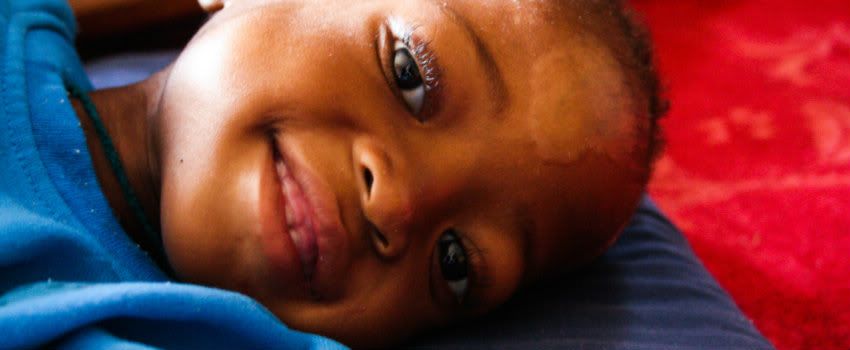The 2014 Commonwealth Games are happening right
now in Glasgow, Scotland!

This is a pretty exciting time for
everyone with a vested interest in Commonwealth nations as they watch the different
countries compete for prestigious medals and prizes.
But you might find yourself wondering about
a thing or two. For instance: ‘What exactly are
the Commonwealth Games?’ or ‘What do these games have to do with TTL?’ Valid questions, to be sure. So to help
ease your mind, we’ve compiled a short Q&A below!
1) What is the Commonwealth?
According to its founding Charter, the
Commonwealth of Nations is a voluntary association of 53 independent and equal
sovereign member states that collaborate through economic support and political
strengthening to champion several key values, including: democracy, human
rights, international peace and security, and more. Read the full charter here.
Moreover, all the participating
Commonwealth nations share a certain degree of common colonial past with the
United Kingdom, whose reigning monarch is currently their official head of
state or perhaps was at one time. Today Queen Elizabeth II is recognised as the
head of the Commonwealth.
2) What are the Commonwealth
Games?
In 1891, an Englishman named Sir John Astley
Cooper proposed a “Pan-Britannic-Pan-Anglican Contest and Festival…as a means
of increasing goodwill and good understanding of the British Empire” – which it
was at that time. The idea took a few years to organise, but since their
initial round in 1930, the international athletic competitions now called the ‘Commonwealth
Games’ have been held every four years (think British Olympics).
The events have expanded and changed over
time, but the Games currently boast 21 able-body sports and 7 para-sports,
which the host country sets with official approval from the Commonwealth Games
Federation. The 2014 Glasgow Games include: Athletics, Badminton, Boxing, Cycling (Mountain Bike, Road, and Track), Diving, Gymnastics (Artistic and Rhythmic), Hockey, Judo, Lawn Bowls, Netball, Powerlifting, Rugby Sevens, Shooting, Squash, Swimming, Table Tennis, Triathlon, Weightlifting, and Wrestling.
Wouldn’t you know it – Lesotho is a member of the Commonwealth, having joined in 1966.
Since 1974, Lesotho has attended the Commonwealth Games
and sends most of its competitors to the running events (where their successes are no
doubt a result of high-altitude training). For the 2014 Games, 27 athletes traveled to Wales where they trained and prepared to represent the
Mountain Kingdom. Most of their events are scheduled for this week, so tune in to
cheer them on with Basotho pride!
4) What else do I need to
know?
Like many friendly competitions, the
Commonwealth Games are an opportunity for the host city to put forth its best
face and exhibit its unique history and amusing quirks. Certainly, Glasgow is
not short of quirks, nor shy about celebrating them.
 |
| Dancing Tunnock's Tea Cakes (a half-biscuit, half-marshmallow, non-dancing Scottish treat) |
 |
| The fabled Loch Ness Monster herself in tartan (plaid) |
But Lesotho has its own claims to fame, some of which the Basotho athletes flaunted when parading in the opening ceremony.
For instance, the conical shape of the mokorotlo, or Basotho hat, is inspired by Mount Qiloane, one of the peaks in
the Maluti Mountain range that give Lesotho its harsh climate – thereby
justifying those beautiful Basotho blankets – and unique status as the country
with the highest low point in the world: 1400m!
And because Lesotho is not lined up to host the
Commonwealth games in the near future, we thought we’d highlight some other Basotho trivia worthy of your attention:
- Lesotho is a land-locked nation and the only one in the world that is completely surrounded by one other country – South Africa
- The most common mode of transportation is horseback
- The country motto is ‘Khotso, Pula, Nala’ meaning ‘Peace, Rain, Prosperity’ and respectively represented by the white, blue, and green of the Basotho flag (which also features the indigenous Basotho hat.
- Lesotho is home to one of the only two ski resorts in Sub-Saharan Africa. #AfriSkiFTW
- Lesotho has its own dinosaur – the Lesothosaurus discovered in 1978 by Peter Galton
























